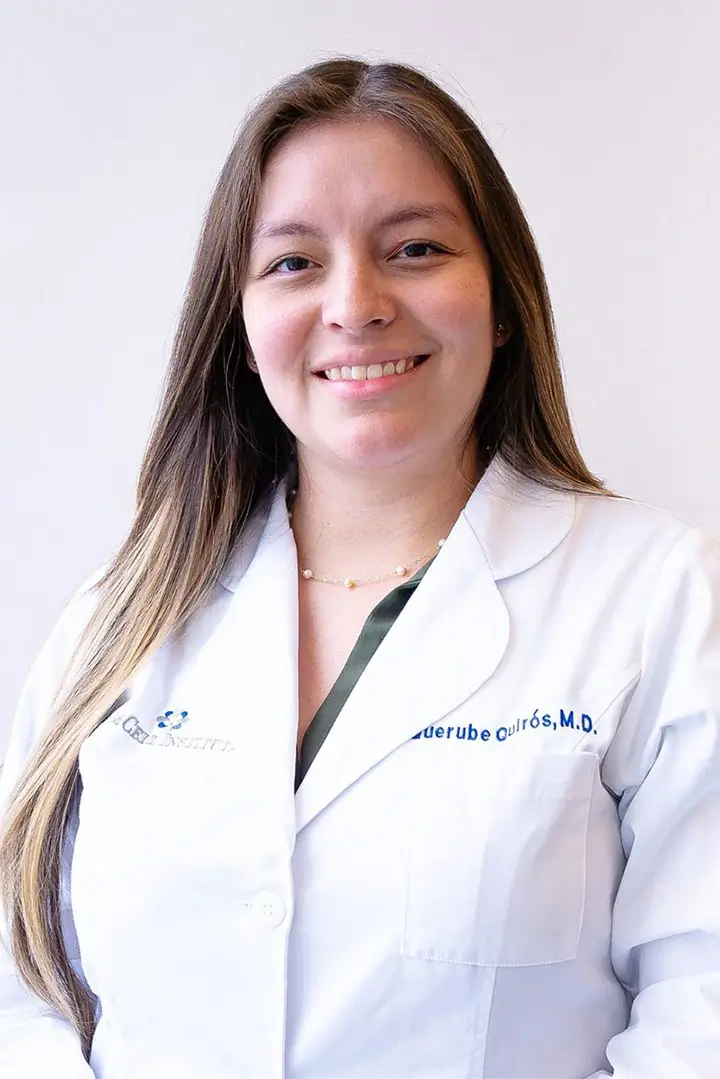Scientists at the San Diego-based biotechnology company Novocell have reported that they were able to use human embryonic stem cells to produce insulin in diabetic mice, although the treatment also yielded some additional, undesirable consequences. In particular, as a result of receiving the embryonic stem cells, some of the mice developed a particular type of tumor known as a teratoma, which is the defining characteristic of embryonic stem cells. Unlike adult stem cells, embryonic stem cells are identified by their ability to form teratomas, and this remains the gold standard throughout the world by which embryonic stem cells are recognized. If a stem cell can form a teratoma, then it’s identified as an embryonic stem cell, and if it cannot form a teratoma then it is known to be something other than an embryonic stem cell. The study has therefore drawn criticism from experts who point out that embryonic stem cell “therapies” such as this are not applicable to humans, since adverse side effects such as the formation of tumors would also occur in human patients.
Embryonic stem cells have always been defined by their ability to form this particular type of tumor, a danger which does not exist with adult stem cells. But the formation of tumors is not the only risk inherent in embryonic stem cells, which have proven to be highly problematic in a multitude of ways. In 2006, scientists at Novocell reported that they had transformed human embryonic stem cells into insulin-producing beta cells in the laboratory, in vitro, although these cells were of no therapeutic value since they were unresponsive to glucose. In their most recent study, the Novocell scientists implanted “precursor” cells into the mice, where the cells were then allowed to mature in vivo into insulin-producing cells – a procedure which is unlikely to be approved by the FDA for use in humans, according to Dr. Mark Magnuson, Director of the Center for Stem Cell Biology at Vanderbilt University. Novocell representatives admit that any possible applicability of this potential therapy to humans still remains several years away.

